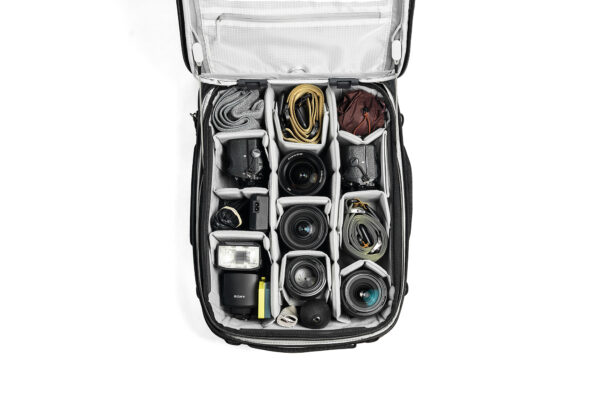Introduction
Do you want to learn more about exposure and dynamic range as a photographer? Gaining proficiency with the zone system is a great start to developing a deeper understanding of these photographic aspects.
You can read the lighting and tone of a scene with the Ansel Adams zone system. Once you have accomplished this, you can set your exposure with confidence. You will be aware of the photographic rendering of the image. Either in color or monochrome.
Why use the Ansel Adams zone system?
The zone system can help you improve the art and craft of your photography. It was designed to help photographers achieve the greatest possible tonal scale for their monochrome images. Although its technique was initially designed to work with film that was not as technologically advanced as modern film, its basic approach can benefit all photographers, regardless of the platform they choose.
The Ansel Adams zone system
The zone system designates brightness values from 0 to 10, where 0 is black, 5 is middle grey and 10 is pure white. These numbers are referred to as zones. To make zones easily distinguishable from other quantities, Adams and Archer normally used Roman rather than Arabic numerals.
Ansel Adams and Fred Archer created the zone system, a photographic method for figuring out the best film exposure and development. To become an expert in the field, you must study theory, just like you would in any creative endeavor. When setting your exposures, the zone system method gives you the confidence to take more daring and creative risks. You can more confidently adjust your ISO, shutter speed, and aperture once you comprehend the zone system.
Zone Description
0 Pure black
I Near black, with slight tonality but no texture
II Textured black; the darkest part of the image in which sight details are recorded.
III Average dark materials and low values showing adequate texture.
IV Average dark foliage, dark stone, or landscape shadows
V Middle gray: clear north sky; dark skin, average weathered wood
VI Average Caucasian skin; light stone; shadows on the snow in sunlit landscapes
VII Very light skin; shadows in the snow with acute side lighting
VIII Lightest tone with texture: textured snow
IX Slight tone without texture; glaring snow
X Pure white: light sources and specular reflections – paperwhite, no detail
Ansel Adams’ system of 11 zones was designed to capture the gradation of all the various tonal values you would see in a black and white print, with zone 5 representing middle grey, zone 0 representing pure black (with no detail), and zone 10 representing pure white. In Adam Ansel’s zone system, each zone represents one f-stop exposure. You will also notice there is an 11-stop difference between pure black and pure white and a 7-stop difference between the darkest black with detail and the lightest white with detail. That gives us a good deal of flexibility, which is one of the reasons we enjoy movies.

Sadly, it is not possible to adapt his way of photographing to digital photography. When we expose the dark areas of the photo, the risk of overexposure to the light areas will occur. As everyone knows, there is no way to recover overexposed areas in digital photography. We all have heard the phrase for that kind of overexposure: blown-out highlights.
The main distinction with analog film is also this. Analog film allows for recoverable overexposure but not underexposure. This is true for digital photography as well up to a point of course. This indicates that digital photography can not use Ansel Adams’s basic rule.
Digital photography still can use the Ansel Adams zone system. Instead of exposing for the shadows and developing for the highlights, we need to expose for the highlights and develop for the shadows. It’s a minor adjustment but one that matters greatly.
Exposure to the Right (EttR) is akin to this new base rule when it comes to contemporary digital photography. Exposure to the right is simply exposing for the highlights while ensuring that no highlight is blown out. This results in a histogram positioned on the right side of the graph. It is the only way to preserve as much as possible. And avoid having an entirely black image in the process.
Without appropriate post-processing, exposure to the right and exposure to the highlights will not produce a usable image. To achieve the ideal contrast, it is imperative to manipulate the shades of gray. Utilizing a raw file format is crucial as it allows you to utilize the digital sensor’s absolute maximum dynamic range. The nine shades of gray from the Ansel Adams zone system can be used once more when post-processing your raw image.
Let me know in the comments if you use the Ansel Adams zone system. Learn more about photography on my blog.

Get photography and travel tips straight to your inbox!
Everything you should know about photography and travel and how those two go together so well! Let me share with you my knowledge and experience!








